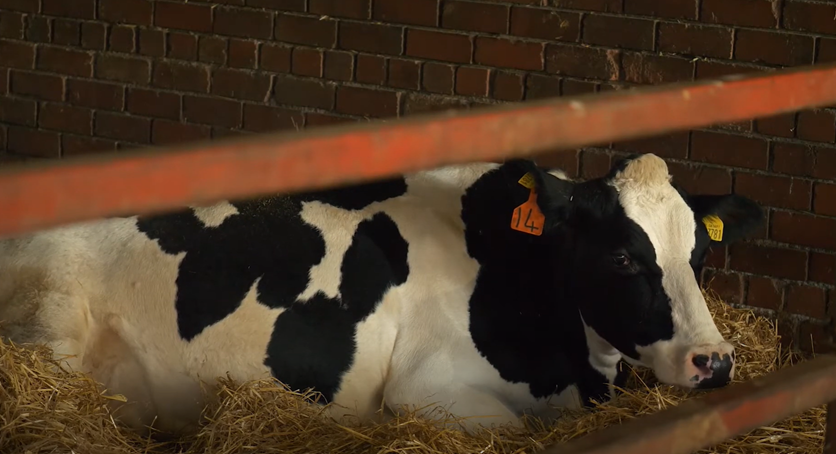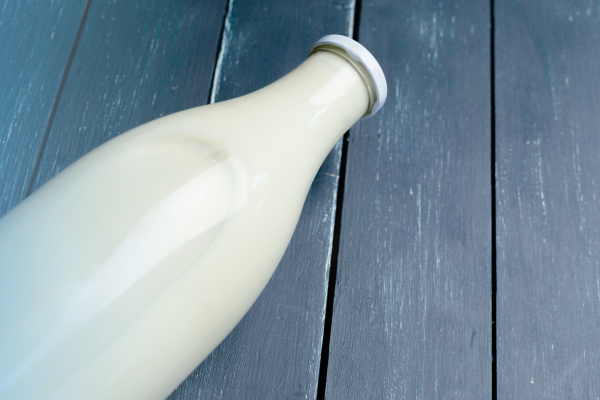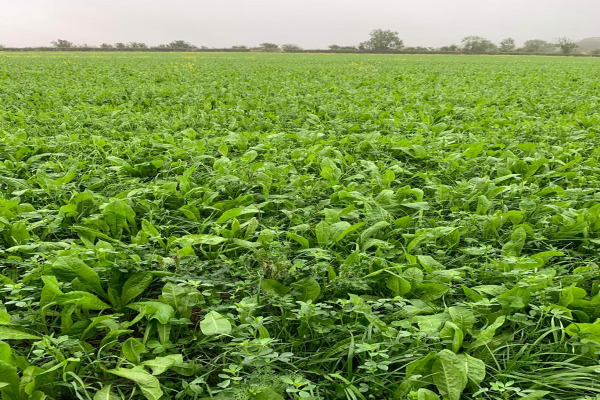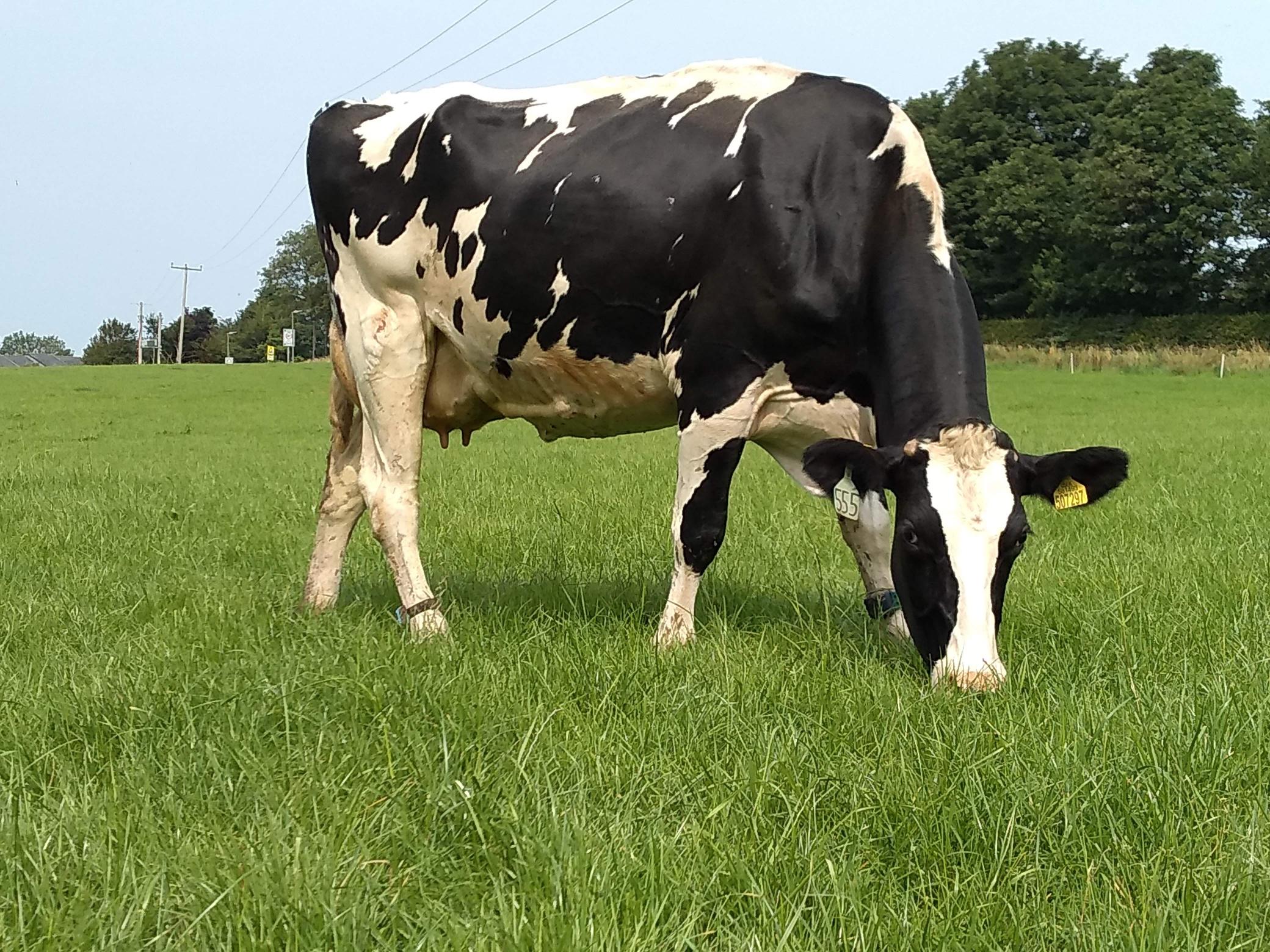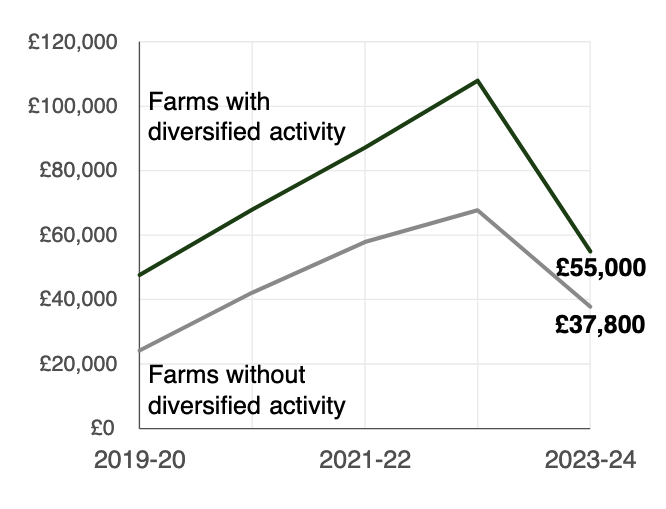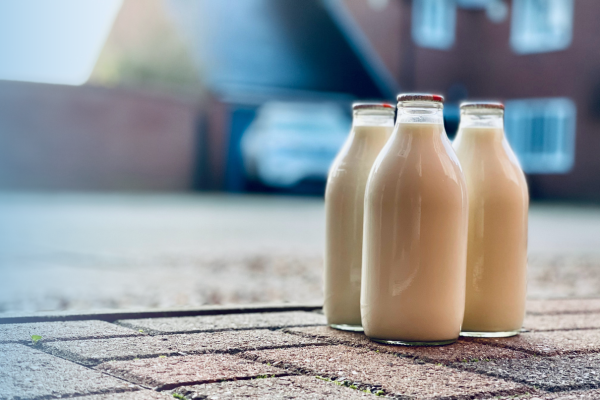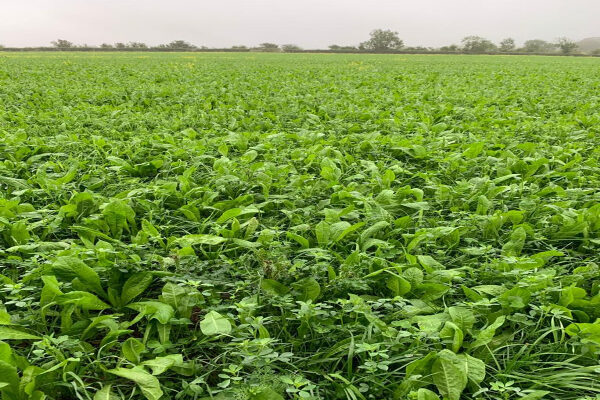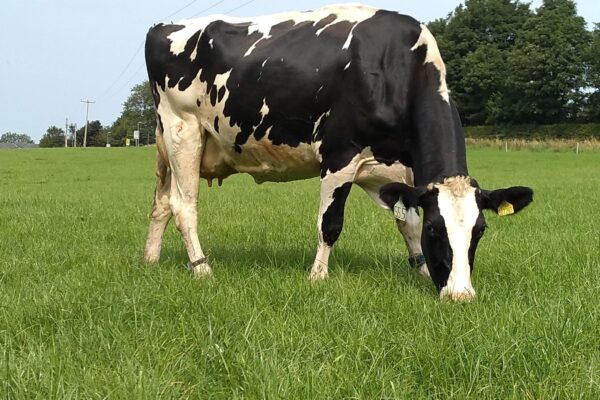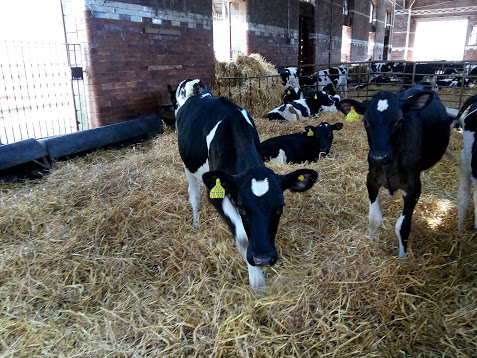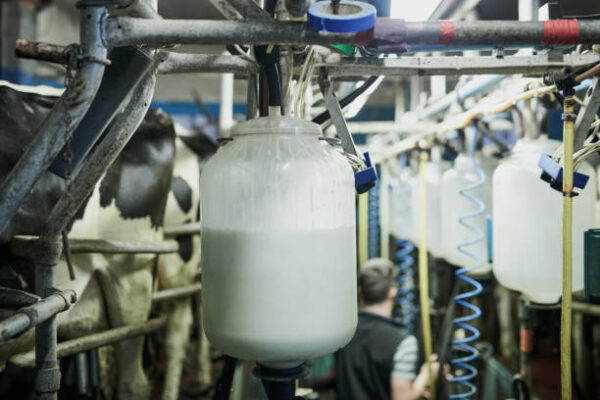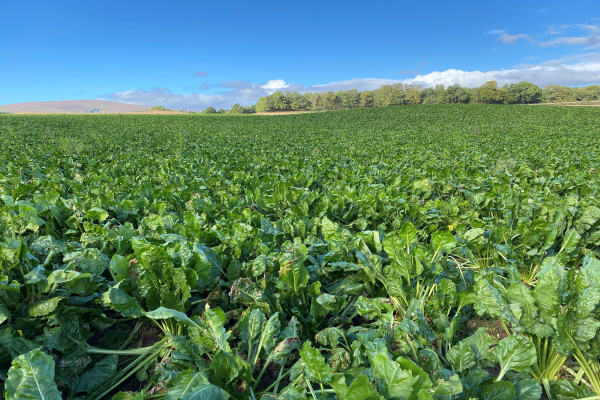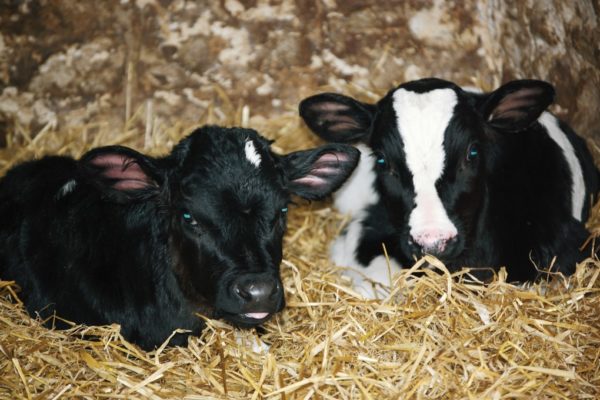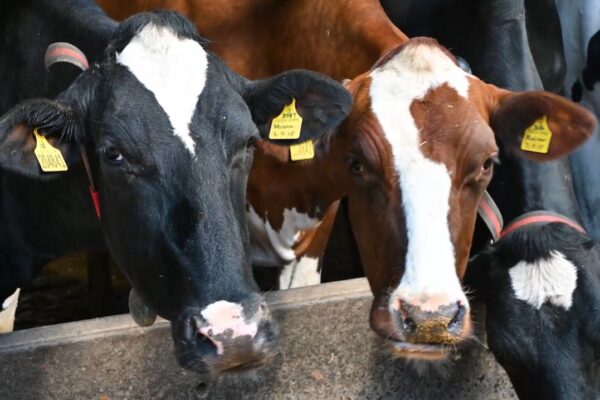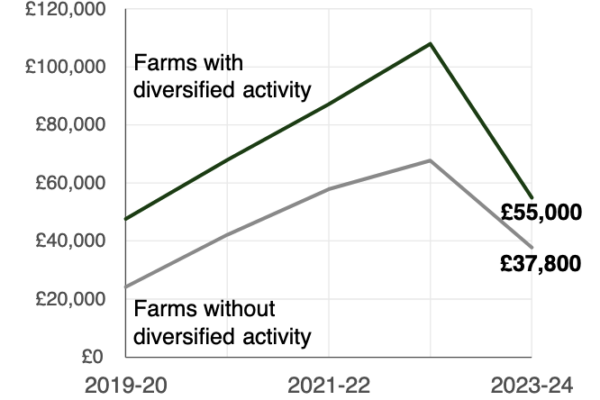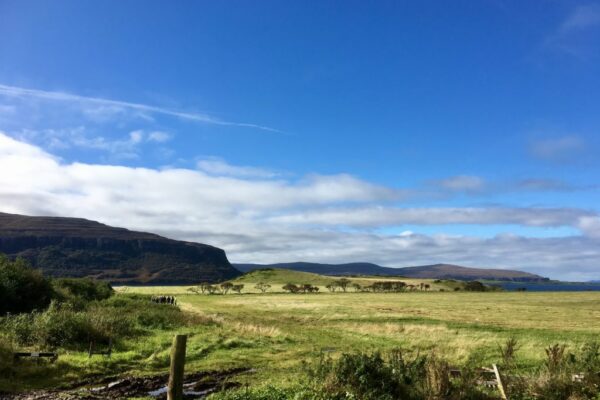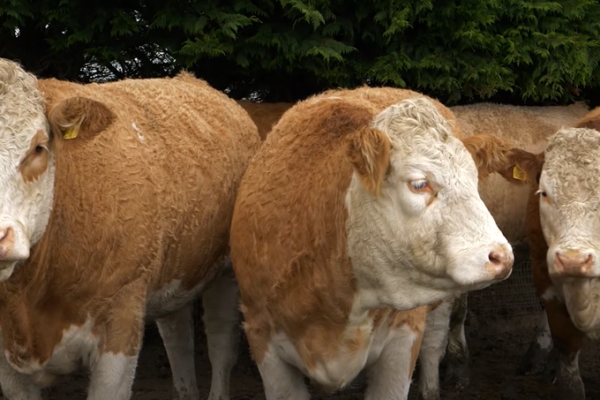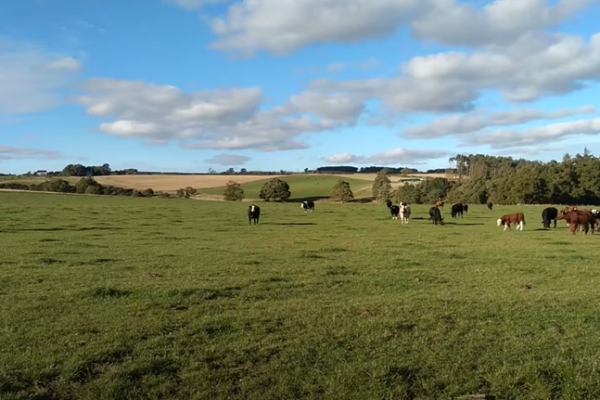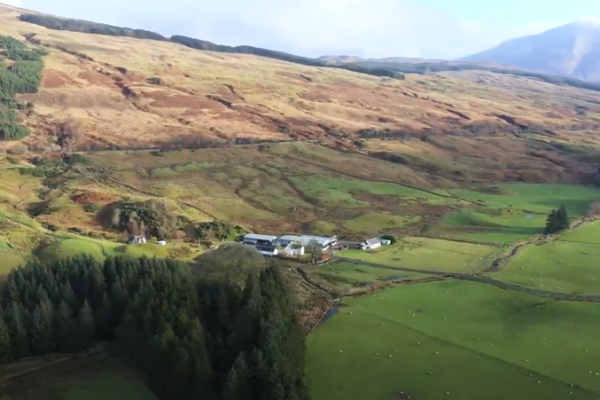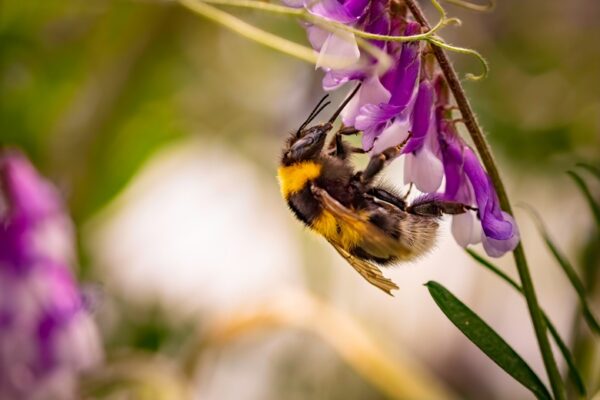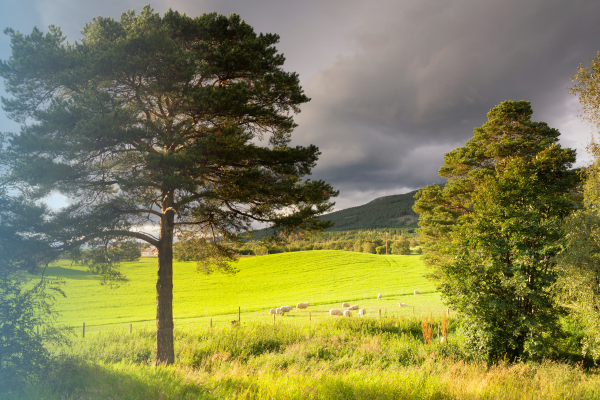Agribusiness News April 2025 – Milk
31 March 2025Milk production data
Milk production is increasing at a greater rate than this time last year, with the drier spring allowing earlier turnout in some areas. The latest data from AHDB estimates GB volume for February at 954 million litres. Daily production is currently 35.75 million litres for the week ending 15th March, 1.4% more than the previous week and 2% above the same week last year (an extra 1million litres daily). For the UK, February production was 1,187 million litres, no change from February 2024.

Farm-gate prices
The Defra farm-gate milk price for February was 46.05ppl, just 0.11ppl less than January. Processor milk prices appear to be holding steady with both Müller and First Milk announcing price holds for April and First Milk also holding into May. The Organic Herd cooperative is also increasing its milk price by 3% from the 1st of April (+1.68ppl), bringing its members price to 57.68ppl for a standard litre.
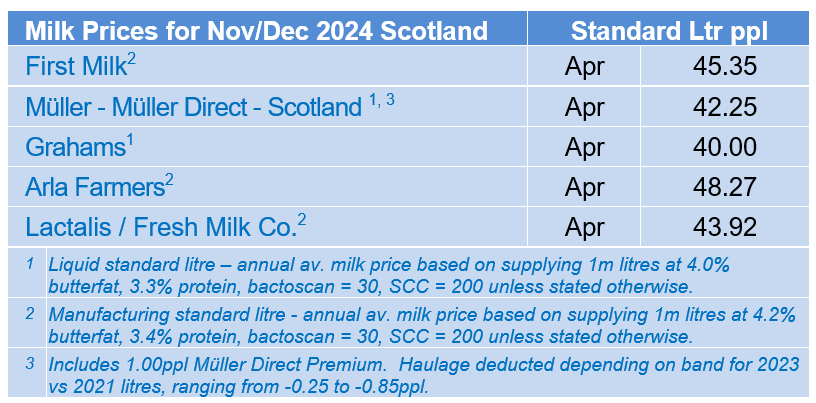
Dairy commodities & market indicators
Despite rising milk volumes, the March average price for butter and mild cheddar increased slightly (3% and 2% respectively), while cream and skim milk powder remained steady. Butter stocks are still low, and more Irish stocks have been shipped to the US ahead of any potential tariffs. The cream price has remained firm on the back of poorer milk supplies in the EU. With the positive price movement in mild cheddar and butter, both market indicators MCVE and AMPE rose slightly in March. The Milk Market Value (MMV) indicator rose for the first time since October, up 0.78ppl to 43.78ppl for March.
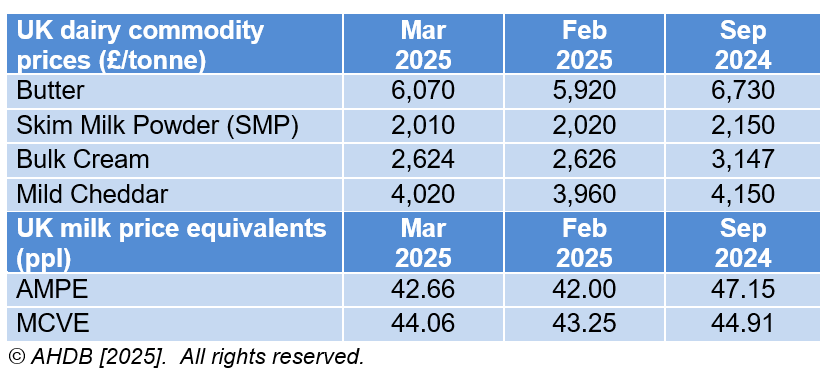
Changes to the National Johne’s Management Plan (NJMP)
From the 31st of March, all farms undergoing their annual NJMP review must comply with the new requirements for Phase 3. The changes include all herds obtaining an Average Test Value (ATV) to gauge the level of Johne’s disease present, allowing progress to be monitored going forward. A 60-cow random screen is the minimum requirement to produce the ATV (a 30-cow screen will not be accepted now). There has also been an ATV of 5.5 set as the national Johne’s Control Index target, with the aim of reaching this by 2030. A national Johne’s Tracker database will also be created so that farmers and vets can track progress nationally of ATV, % incidence and other factors driving infection in herds.
Decline in dairy calf registrations
Data from BCMS show the number of dairy calf registrations for the fourth quarter of 2024 were the lowest on record. They were down 12.7% (46,000) to 314,000 compared to the same period in 2023. Registrations for the 2024 calendar year were 1.48 million, down 2.4% compared to 2023. Despite this, milk production was slightly up on the year, driven by relatively high milk prices in relation to feed costs in the last six months of 2024.
Sign up to UK Dairy Carbon Network research project
This Defra funded project, led by AHDB and AgriSearch is looking to recruit 56 farms across the UK, including south-west Scotland. Over a three-year period, the farms will implement measures to reduce greenhouse gas emissions. Participants will be given a customised action plan with one-to-one support, along with financial support and invitations to networking and knowledge exchange events. For more information please visit:
https://ahdb.org.uk/the-uk-dairy-carbon-network
Registration of Interest – UK Dairy Carbon Network (UK-DCN) Project
Lorna MacPherson, lorna.macpherson@sac.co.uk
Sign up to the FAS newsletter
Receive updates on news, events and publications from Scotland’s Farm Advisory Service

